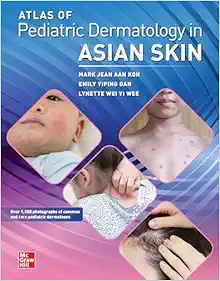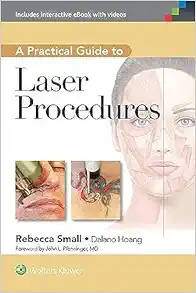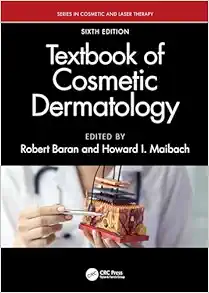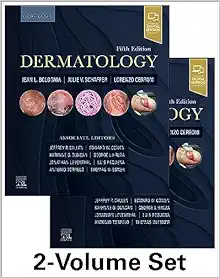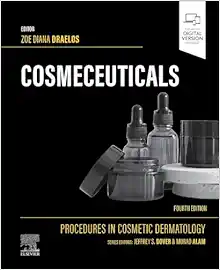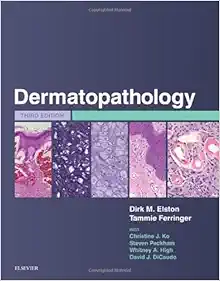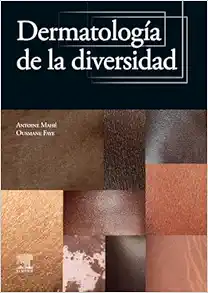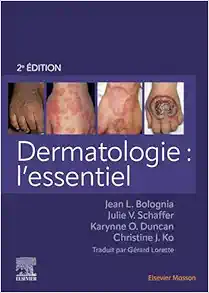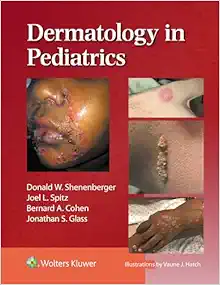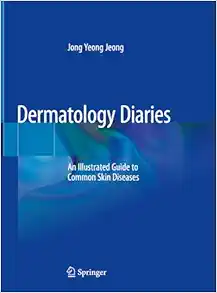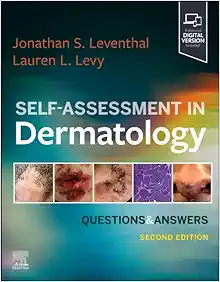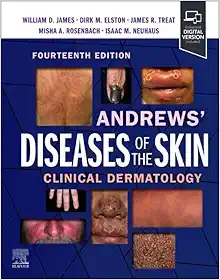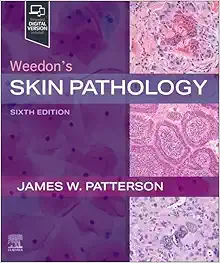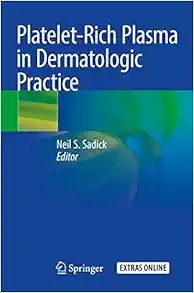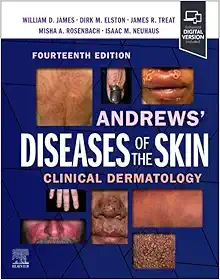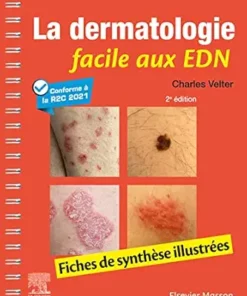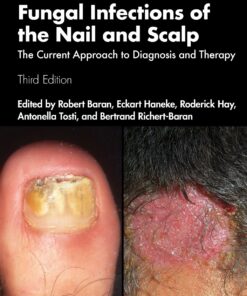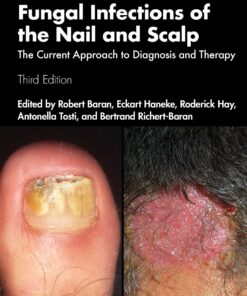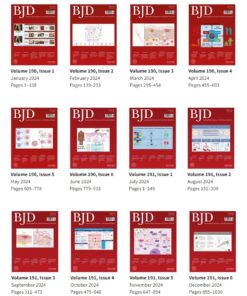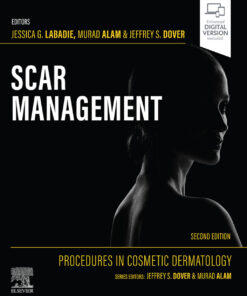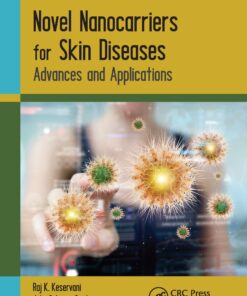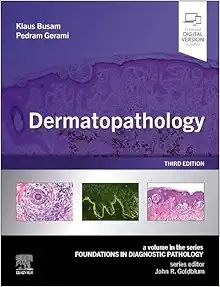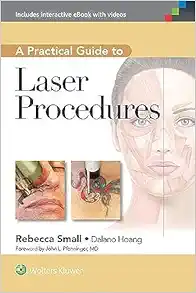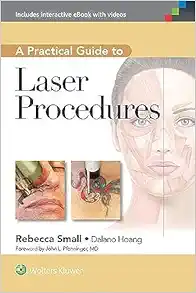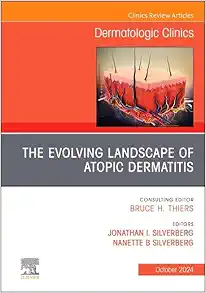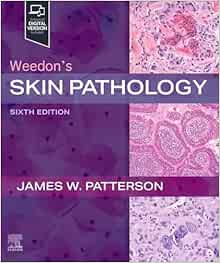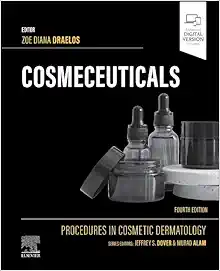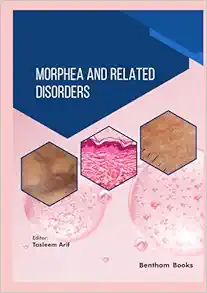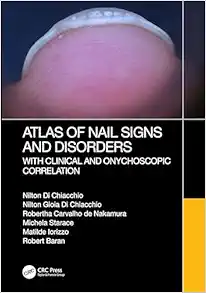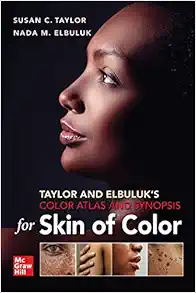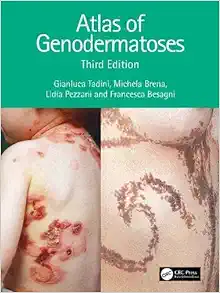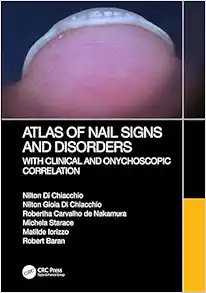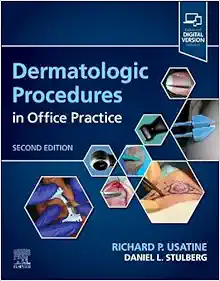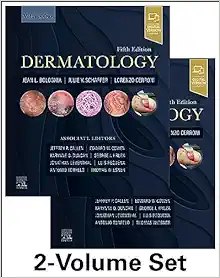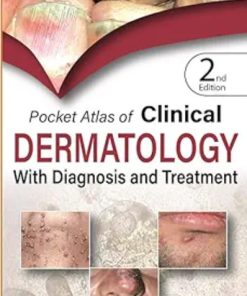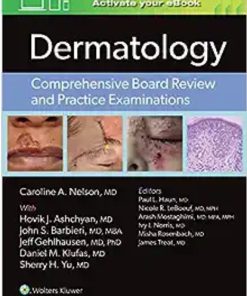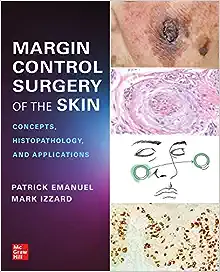Mosaicism in Human Skin: Understanding Nevi, Nevoid Skin Disorders, and Cutaneous Neoplasia, 2nd Edition
$11
Format : Publisher PDF
File Size : 26.8 MB
Mosaicism in Human Skin: Understanding Nevi, Nevoid Skin Disorders, and Cutaneous Neoplasia, 2nd Edition
Mosaic skin disorders are a fascinating subject that has been rapidly gaining attention in recent years. These disorders are characterized by abnormal patches of skin that differ in appearance from the surrounding skin. Understanding the molecular basis of these disorders is crucial to developing effective treatments and providing better genetic counseling.
In their new book, Mosaicism in Human Skin, Rudolf Happle and Antonio Torrelo take on the task of explaining the molecular mechanisms behind mosaic skin disorders in a language that is accessible to both practicing physicians and medical students. This second edition offers a fully revised and updated work on this rapidly growing field of knowledge.
The book is divided into three parts. The first two parts are devoted to the mechanisms and patterns of cutaneous mosaicism. They include an explanation of genomic and epigenetic mosaicism and a description of the archetypical segmental patterns including the lines of Blaschko and the flag-like, phylloid and lateralization pattern, the non-segmental pattern of large congenital melanocytic nevi, and the sash-like arrangement as noted in a particular type of cutis tricolor. The third part of the book examines various mosaic skin disorders in depth, including nevi, didymotic disorders, other binary genodermatoses, mosaic manifestations of autosomal skin disorders, and nevoid skin disorders such as phenotypes reflecting functional X-chromosome mosaicism or a superimposed mosaic manifestation of common skin diseases with a polygenic background.
What sets this book apart is its accessibility and reader-friendliness. The authors use clear language and a straightforward approach to explain complex concepts. The book also includes many illustrations and photographs that help to illustrate the different patterns of cutaneous mosaicism. The result is a comprehensive overview of the strikingly manifold patterns and peculiarities of mosaic skin disorders that will help physicians to further improve genetic counseling and treatment outcomes.
Overall, Mosaicism in Human Skin is an incredibly informative and approachable guide to a complex and fascinating subject. It is an essential resource for experienced dermatologists, residents in training, medical geneticists, and pediatricians. It is also an excellent resource for medical students who want to enhance their knowledge of this topic.
In conclusion, if you are looking for a comprehensive, reader-friendly guide to mosaic skin disorders, Mosaicism in Human Skin should be at the top of your list. It is an excellent resource for anyone involved in the field of dermatology or medical genetics. So why wait? Order your copy today and discover the fascinating world of mosaic skin disorders.
Product Details
- Publisher : Springer; 2nd ed. 2023 edition (November 25, 2022)
- Language : English
- Hardcover : 256 pages
- ISBN-10 : 3030899365
- ISBN-13 : 978-3030899363
Related Products
DERMATOLOGY
DERMATOLOGY
DERMATOLOGY
DERMATOLOGY
DERMATOLOGY
DERMATOLOGY
DERMATOLOGY
DERMATOLOGY
DERMATOLOGY
DERMATOLOGY
DERMATOLOGY





